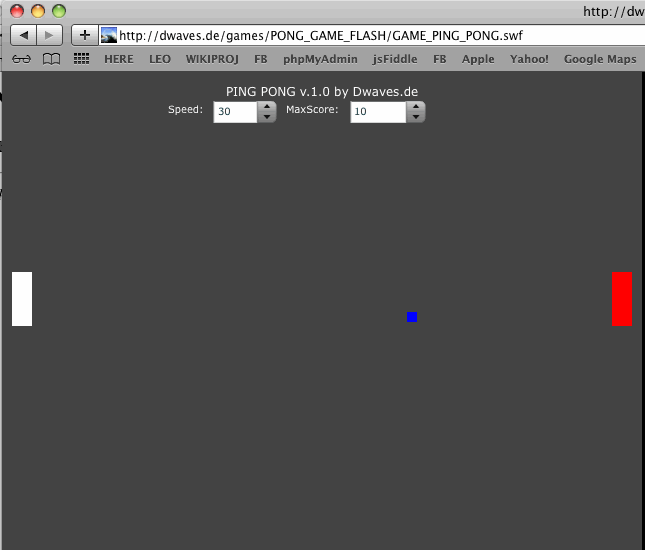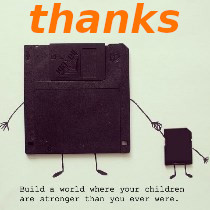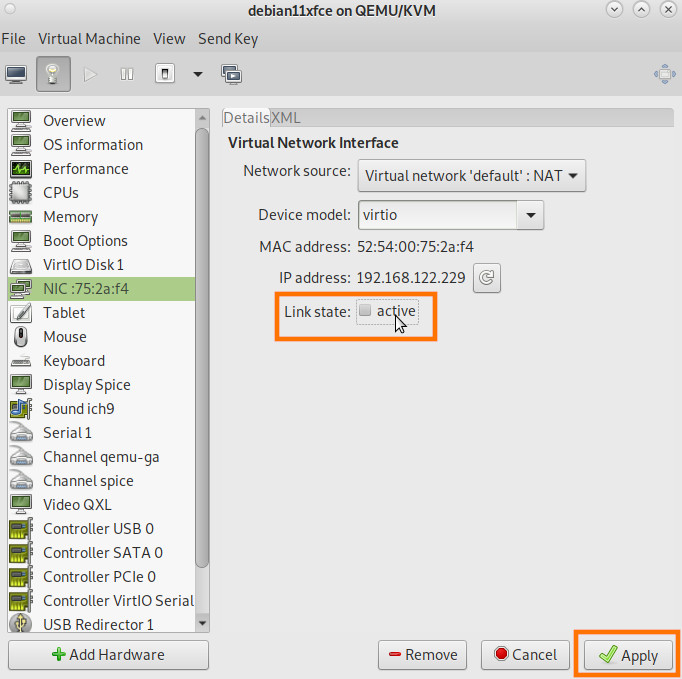The Flashplayer was a (unfortunately closed source, why not release the source NOW? Adobe? 😀) runtime binary to enhance multimedial capabilites of the browser
- THE FIRST possibility to stream videos inside the browser (youtube once used flash, now they shifted to html + js + their own webp format)
- as Flashplayer supported fast rending of vector graphics, allowed for vector graphic animations, was especially usefully (but not limited to) games
- allowed access to microphone and webcam thus “Adobe Connect” web conferencing system (probably STILL uses flash X-D)
- allowed any layout to scale to any screen size without breaking a sweat (many html-css layouts are still having problems to scale well, as it is no easy task), Flash multiple screen sizes support usually wokred pretty nicely
- it has to be said, that ActionScript3 tried to copy many concepts of Java
- easy to learn and a breeze to program
- imho still superior to JavaScript, while JavaScript (of course) has advantage of being “Open Source by nature” and cross-OS-browser integrated no need for any complicated addons, setups or installers
- another minor but not-to-be-neglected-fact is, that while the Flashplayer was closed source, it allowed by the check of a box, to be the src-of-the.swf to be Open Source in the meaning: r-click on the gui-program.swf and if the developer checked the “allow to view source” box a separate html file would be generated that allowed easy inspection of the src code (there seem to be other possibilities as well)
- graphical charts also a breeze with the Flex SDK and it’s Eclipse integrationed IDE
- “Flex SDK includes the Flex framework (also known as the Flex class library), Flex command-line compilers, the Flex debugger, the ASDoc utility, and the debugger version of Adobe® Flash® Player and Adobe® AIR® runtimes. Use the Flex SDK to develop, compile, and deploy Flex applications that connect to XML and SOAP web services or connect to various server technologies such as PHP, Adobe® ColdFusion®, Java, and .NET using a server technology such as BlazeDS. Flex applications can be built and configured to target browsers via the Flash Player runtime and desktops or mobile devices via the AIR runtime.” (src)
WARNING!
When downloading binaries from the internet, it is always the possibility of malicious activity!
THUS: it is recommended to download and install untrusted binaries only on systems that “do not matter” as non-network non-internet-connected VMs.
pull the virtual plug before running untrusted binaries:
so let’s go then…
0. the obvious: tested with: debian11, Virtualization: kvm, Operating System: Debian GNU/Linux 11 (bullseye), Kernel: Linux 5.10.0-22-amd64, Architecture: x86-64
- download the flashplayer binary and the sha512sum.txt in the same directory
- obviously check the sha512sum (no problem on a GNU Linux terminal, OSX & Windows STILL have no functionality for that and rely on md5 at best X-D)
- sha512sum -c filename.sha512sum.txt
- download the file-to-run.swf into the same folder the flashplayer binary resides
- for example get the 2x player pong game that one developed

- or the ROI solar system calculator (in German only sorry)
- run the program like:
-
./flashplayer file-to-run.swf
-
liked this article?
- only together we can create a truly free world
- plz support dwaves to keep it up & running!
- (yes the info on the internet is (mostly) free but beer is still not free (still have to work on that))
- really really hate advertisement
- contribute: whenever a solution was found, blog about it for others to find!
- talk about, recommend & link to this blog and articles
- thanks to all who contribute!


